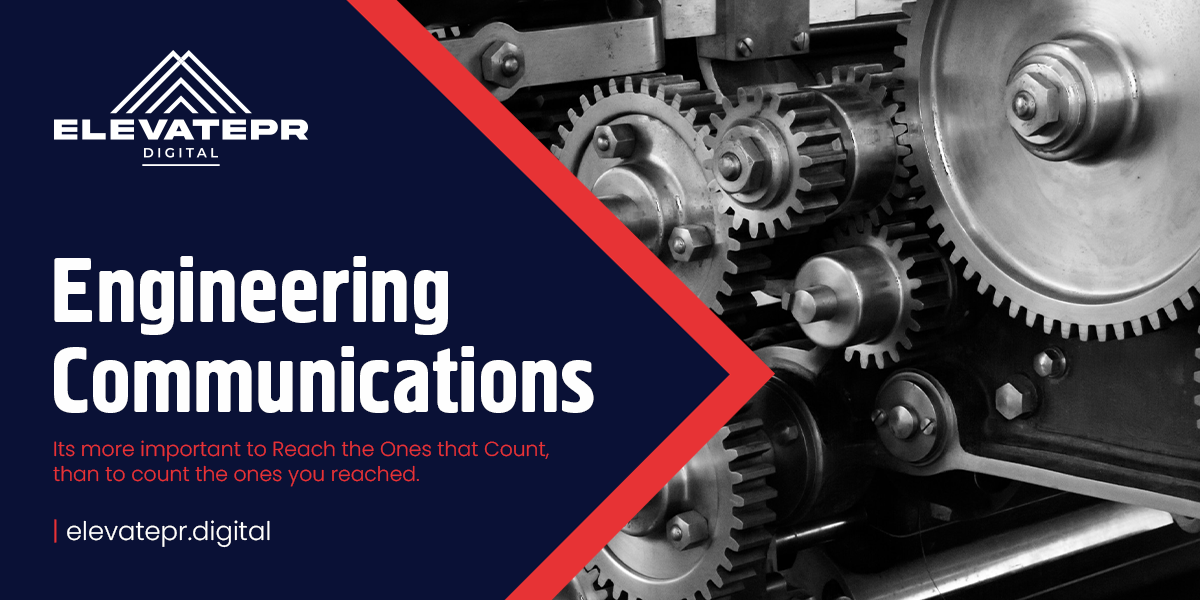Nickel is poised as a critical element in the global shift towards green energy, yet its extraction poses significant environmental challenges, recently highlighted by controversies surrounding an Indonesian mine. According to a report from the World Bank’s International Finance Corporation, meeting global net-zero emissions targets by 2050 requires a staggering 208% increase in annual nickel supply and a 156% rise in copper supply relative to 2020 levels.
However, this ambitious goal faces skepticism over feasibility and sustainability. UN Secretary-General Antonio Guterres emphasized the need to avoid replacing one environmentally damaging industry with another in pursuit of net-zero emissions.
EU legislation, such as the Corporate Sustainability Due Diligence Directive, mandates that European companies must demonstrate environmentally and socially responsible practices throughout their supply chains starting in 2029. This directive reflects Europe’s commitment to sustainability and ethical sourcing.
Recent developments underscore these principles. Germany’s BASF and France’s Eramet withdrew from a major nickel-and-cobalt refinery project in Indonesia amid concerns over its impact on indigenous territories and local ecosystems. The project, centered around the Weda Bay Nickel mine, the world’s largest, had drawn criticism for deforestation and pollution caused by coal-powered smelting.
In response to growing concerns, the European Union adopted the Critical Raw Materials Act, identifying 34 critical minerals essential for the green transition. This legislation facilitates partnerships with “friendly third countries” to ensure sustainable sourcing practices.
However, challenges persist. Critics argue that while EU companies may uphold higher environmental standards, global demand for raw materials incentivizes less stringent practices elsewhere. This dilemma highlights the complex interplay between environmental goals and global economic realities.
Indonesia, under outgoing President Joko Widodo, aims to capitalize on its nickel resources to become a global hub for electric vehicle battery production. However, the country faces challenges in transitioning to sustainable mining practices, particularly with the prevalence of high-pressure acid leaching (HPAL) methods, which generate toxic waste.
Looking ahead, stakeholders advocate for innovative solutions to mitigate environmental impacts, such as cleaner extraction technologies and enhanced regulatory frameworks. The Indonesian government’s Mineral Security Partnership with the EU and 14 other countries represents a step towards aligning resource extraction with global sustainability goals.
As the world navigates the complexities of resource supply and environmental stewardship, achieving a balance between economic development and environmental protection remains paramount.









